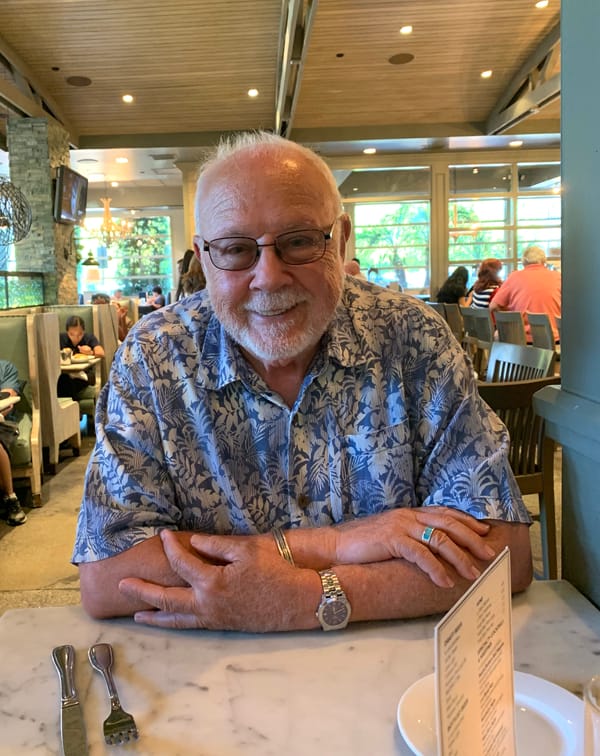Rhetoric | Could Virtual Reality Be a Solution to Our Policing Problem?
With sickening regularity recently, Americans of all races have cringed, then agonized over police/citizen encounters that have gone horribly wrong. Simple traffic-stops turn into bloody execution events; fleeing suspects are shot in the back by pursuing officers; a man on his back in a parking lot, obviously overpowered by two or three officers, is then pumped with several bullets. In the latter case, the officers’ body cameras “malfunctioned” so that no police video was produced. Thanks to a bystander’s mobile phone video, we do have at least one angle on the event. The average viewer of nightly TV news can site many more similar recent tragedies.
All questions of racial prejudice aside, there is another very addressable element of causation in each of these ugly insults to justice. It is the human resources element. An unsuitable person was hired for the police officer role. This piece assumes that not every officer would have unholstered his or her weapon, given these same circumstances. Why did these few? During induction, their traditional written and oral tests must have indicated no propensity to panic under duress—and so many of these incidents do appear to be a panic reaction to perceived danger. But who could predict an individual’s future demeanor, based upon written or oral testing? Who can even predict how a newly-minted soldier will react when the first real taste of battle happens? According to Professor Jeremy Bailenson of Stanford University, who appeared recently on the Charlie Rose television show, Virtual Reality or “VR” might provide the answer.
Bailenson, founding director of Stanford’s Virtual Human Interaction Lab explained how, in a VR experience, the brain begins, on a visceral level, to believe the virtual experience to be real. Test subjects experiencing virtual events depicting physical strain actually begin to sweat and respiration increases. Similar physical reactions are seen under VR situations which induce psychological stress. This deep, subconscious “acceptance” of the virtual world, a programmed world with planned events, might provide law enforcement agencies with a way to screen out applicants who would panic when confronted with perceived mortal danger. Not everyone is suited for the role of police officer, no matter how highly he or she might score on traditional entrance tests.
Virtual Reality is already being used by some police agencies as a training tool to improve officers’ ability to distinguish benign, though dangerous-appearing situations from those posing real danger. These programs usually present the trainee with various situations, such a person taking out an ashma inhaler instead of drawing a weapon. Those departments having the hardware to do such training could also use it during the recruitment process, given some more advanced software coupled with polygraph technology to measure visceral response to perceived mortal danger.
During the Charlie Rose interview, Professor Bailenson equated VR as the next great “Killer App”, like the spreadsheet, packed with possibilities and looking for use-cases. I would like to suggest a law enforcement screening and training tool that could, given Bailenson’s experimental results, create a brighter future for Law Enforcement public relations. It might even return some of the public’s former respect, and even awe, for those who serve in the role of police officer.
